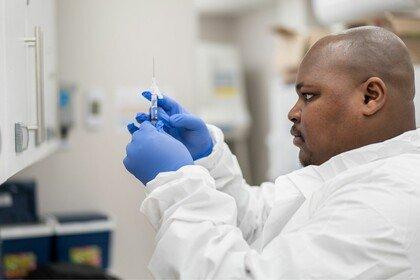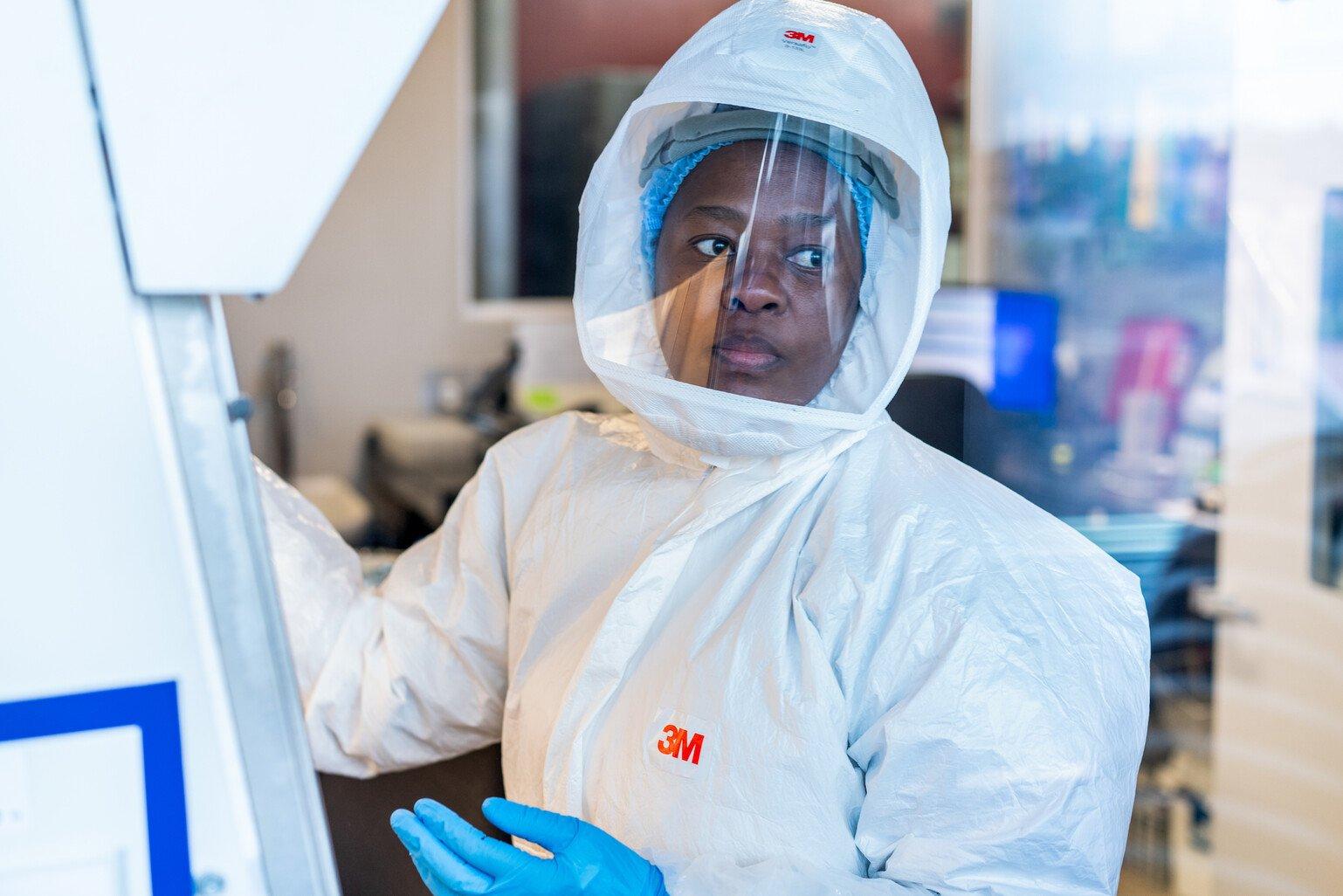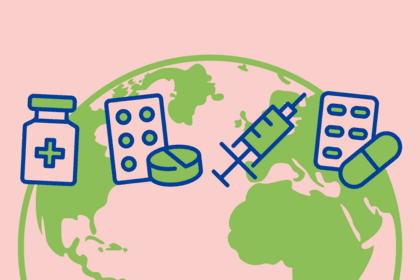Narrator: Over 100 years ago, scientists developed the first and only vaccine for tuberculosis. We have tests to diagnose it, and drugs that can cure it. But even with all this, why is TB still the deadliest infectious disease?
Over 10 million people fall ill with tuberculosis, or TB for short, every year. About 1 in every 25 cases will be a drug-resistant strain of the disease, making it especially difficult, if not impossible, to treat and cure.
In 2022, 1.3 million people died from TB.
Let's put this in context. TB is the number one deadliest infectious disease. It kills more people than malaria and HIV combined. And although Covid-19 briefly took the top spot for a few years, TB has once again reclaimed its deadly title.
Rewind several years, and TB deaths were actually declining. Progress was slow, but steady. Fast forward to 2020, and you'll spot a sudden change. As the Covid-19 pandemic took hold, TB control programs around the world were disrupted, reversing years of hard-won progress. Deaths and cases started to rise again.
However, the fight against TB was struggling long before Covid-19 hit. To really understand this issue, we need to go further back. Back an entire century.
A hundred years ago, the Bacille Calmette-Guérin vaccine, commonly shortened to BCG, was invented. It played, and still plays, an important role in protecting children from the most deadly forms of TB. But for anyone older, the protection is limited.
That's particularly important to note, because 9 in 10 cases worldwide are in adults and adolescents, not children.
Professor Willem Hanekom: Virtually every new born baby all over the world, or at least in lower- and middle-income countries, are receiving this vaccine very very soon after birth.
Narrator: That's Professor Willem Hanekom, by the way.
Professor Willem Hanekom: Now, adolescents and adults are really the people that spread TB. They have a different kind of TB from childhood TB, and where they've got lots of bugs around and they cough them out and spread the TB in the communities.
Narrator: It's clear the world would benefit from a new TB vaccine.
Luckily, TB is curable. The problem is, millions of people still go untreated. Either because they don't have access to treatments, or they don't know they're infected in the first place.
In some of the worst affected countries, less than half will receive the drugs they need to get well again. And even when there is access to treatment, there's an issue with completion rates — risking further infections.
Here's Professor Henry Mwandumba, to explain some more.
Professor Henry Mwandumba: The minimum duration of treatment that one can have is six months. I mean, if you ask somebody to take TB drugs for six months every single day – it is quite a big ask. But the fact that you're asking the patients to come back to clinic time and time again during the course of treatment – not everybody has the means to get back to clinic to get medications.
Narrator: In 2022, the number of people officially diagnosed with TB reached a record-breaking high of 7.5 million. That's roughly the entire population of Hong Kong or New York City.
Although this is a worryingly high number, it does suggest our global diagnosis systems are recovering after Covid-19-related disruptions.
Despite these likely diagnosis improvements, over 3 million people are missed every year. You might have noticed researchers calling these ‘the missing millions’.
Multiple innovations over the decades have worked to improve diagnosis rates, tackle multidrug-resistant strains, and reduce treatment lengths.
Though, access to these new interventions is still limited in many of the most deeply affected areas, 80% of cases and deaths are in low- to middle-income countries and, right now, the highest numbers of new cases are in South East Asia and Africa.
So, thanks to a deadly combination of patchy diagnosis, unequal access to treatment, and increasingly common drug-resistant strains, TB continues to kill millions year after year.
We need new ideas, fast.
Professor Henry Mwandumba: If you were to talk about multi-drug-resistant TB, then there's specific regions of the world that are hotspots for that. South America, for example. Peru had a big problem. But what we learned from that experience is how we can engage communities in the management of drug-resistant TB. And how we can manage patients with drug-resistant TB at home and not in the hospital setting.
Narrator: Over the last few years, money put into TB services actually decreased: we have just half of what's needed.
And whilst research investment has been increasing slowly, it’s still well below the USD 5 billion goal set by the United Nations.
The result? More of what's happening right now: Higher levels of TB, increasing drug resistance, inadequate solutions.
It's also worth mentioning that around the first year of the Covid-19 pandemic, the world funnelled at least USD 104 billion into developing Covid-19 vaccines and therapeutics. That huge number is 162 times more than governments spent on TB research in 2020, despite both being the top two most deadly infectious diseases.
Now, some positive updates. The Covid-19 pandemic actually reinforced a need for collaboration and a focus to end TB.
Back in January 2023, the WHO accounced plans to use lessons from the Covid-19 response to set up a new council for TB vaccines.
At the 2023 UN General Assembly, world leaders approved new targets to help end the TB epidemic.
Naomi Wanjiru: So many commitments have been done today to ensure that TB is on top of the agenda and that, one day, we shall end TB.
Narrator: And, after a hundred long years, there’s finally been breakthroughs in new vaccine development.
While this progress is reassuring, there's big challenges ahead.
The pace of innovation just hasn't been fast enough. We still need to find ways to secure funding and close the gap, invest in more research, as well as keep pushing for affordable, accessible, equitable solutions.
Only then, will we move closer to a future without TB.



